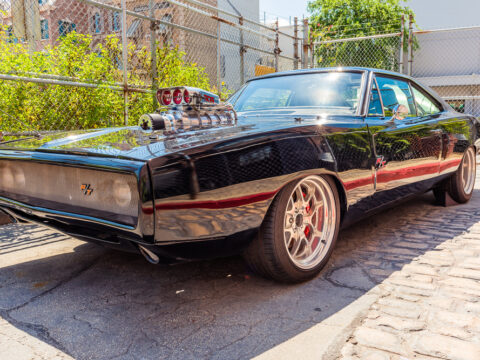When it comes to car safety, there’s a lot of misinformation that can lead to dangerous assumptions. From airbags to all-wheel drive, many features are misunderstood, leaving drivers with a false sense of security. Let’s debunk 20 common myths about car safety features so you can stay informed and drive with confidence.
Contents
Airbags Eliminate the Need for Seatbelts
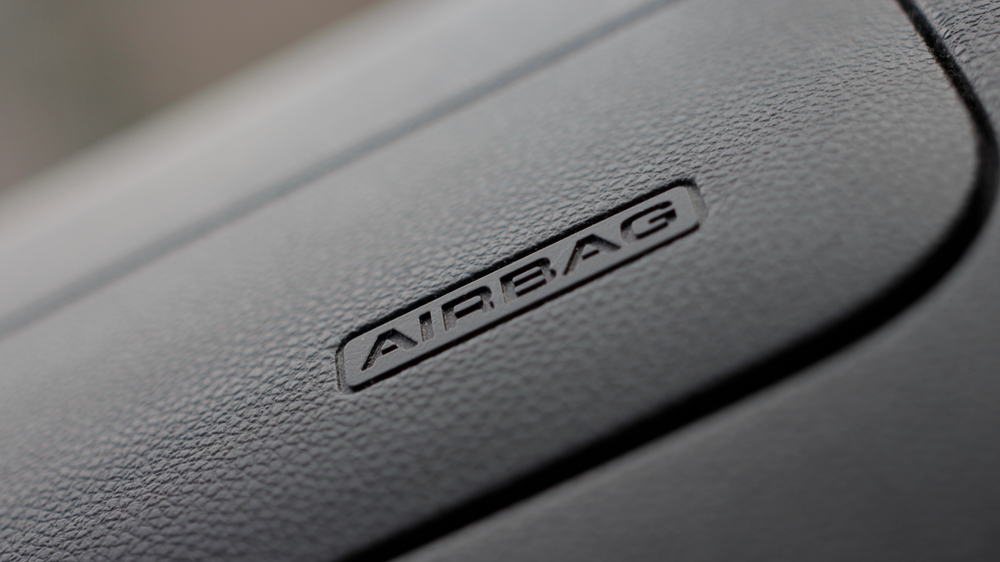
Many people mistakenly think airbags alone can keep them safe in a crash, but they’re designed to complement seatbelts. When an airbag deploys, it can cause significant injuries if a seatbelt isn’t securing the passenger. Seatbelts keep you in the proper position, allowing the airbag to work as intended. Relying solely on airbags can lead to a false sense of security and greater injury risk.
Bigger Vehicles Are Always Safer
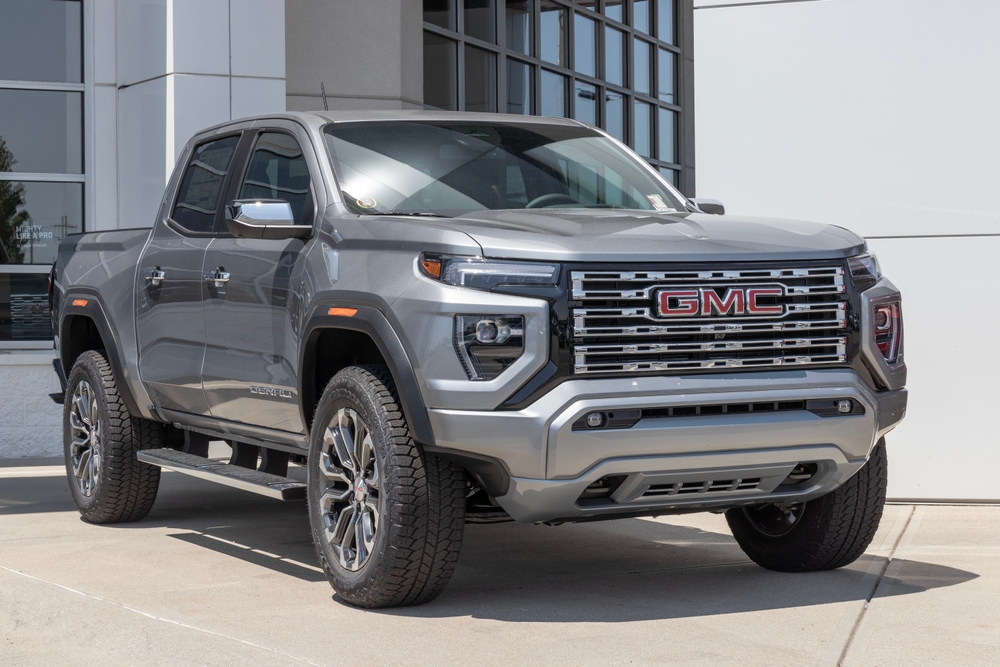
The notion that larger vehicles are inherently safer isn’t always true. While a bigger vehicle may seem more protective due to its size, smaller cars often have better crash test ratings because of superior safety designs. Modern safety technologies, such as crumple zones and advanced airbags, contribute to making some small vehicles even safer than their larger counterparts.
Anti-lock Brakes (ABS) Shorten Stopping Distance in All Conditions
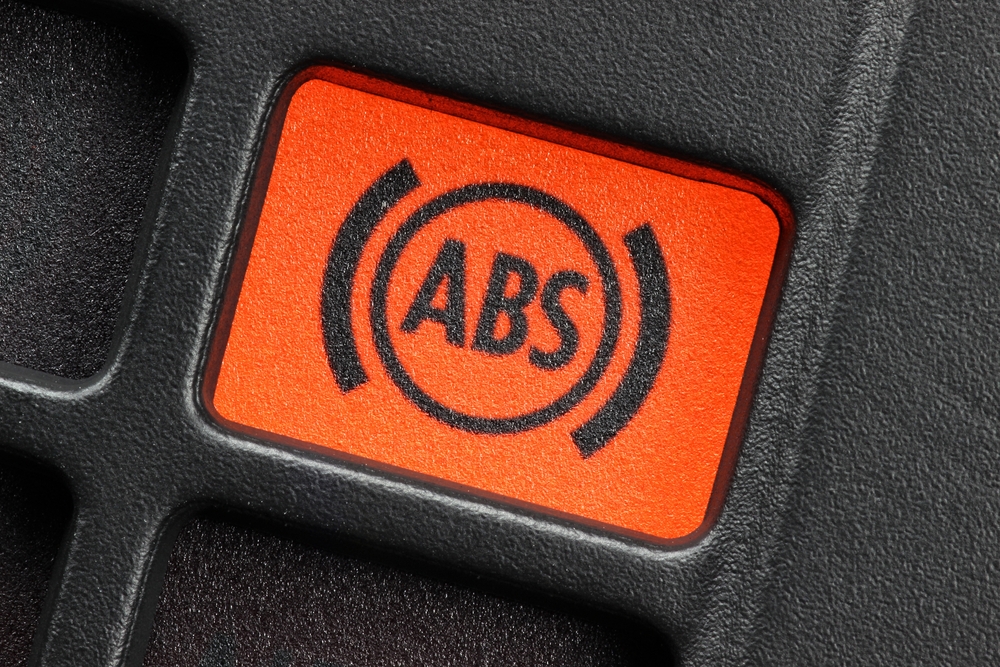
Anti-lock braking systems (ABS) are excellent for preventing wheel lock-up during braking, but they don’t always reduce stopping distance. On loose surfaces like gravel or snow, ABS may actually take longer to stop the vehicle. The primary advantage of ABS is maintaining steering control during emergency stops. It’s crucial to remember that ABS is about control, not always about shorter stops.
Hands-Free Devices Eliminate Distracted Driving

It’s easy to believe that using hands-free devices removes the danger of distracted driving, but this is a myth. While hands-free systems keep your hands on the wheel, they don’t eliminate mental distraction. Conversations can still divert your focus from the road, leading to slower reaction times. To truly drive safely, it’s vital to minimize all distractions, even hands-free ones.
Cruise Control Saves Fuel
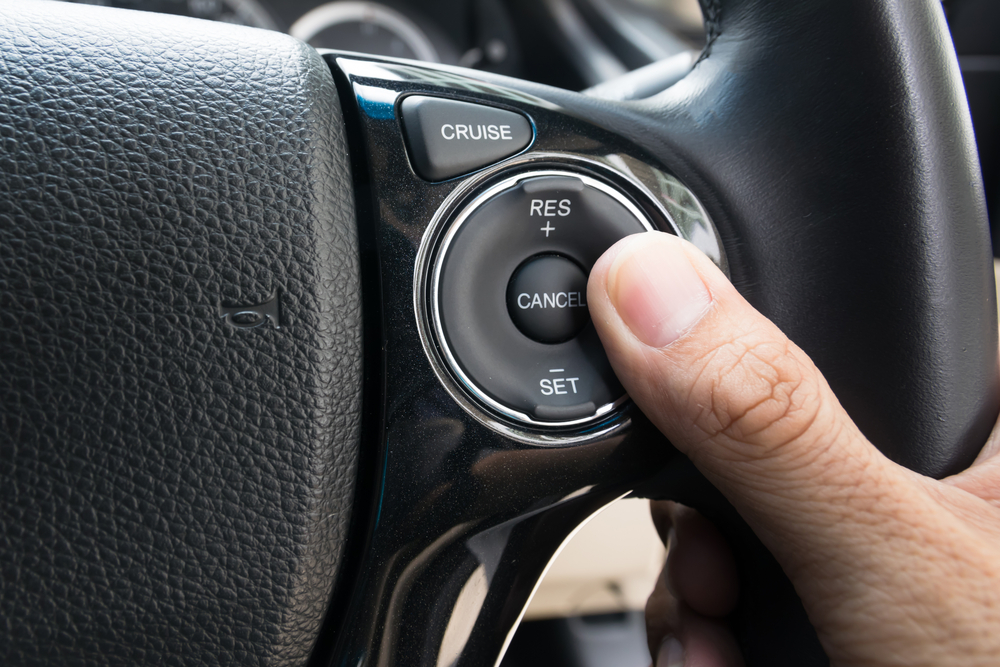
Many drivers assume that cruise control automatically improves fuel efficiency, but that’s not always the case. On flat highways, it may help, but on uneven terrain, cruise control can cause the engine to overwork on inclines, wasting fuel. Drivers who adjust their speed manually, considering road conditions, often achieve better fuel economy. Cruise control is not a one-size-fits-all fuel-saving tool.
New Cars Are Always Safer Than Old Ones

Just because a car is new doesn’t mean it’s automatically safer than older models. Some older vehicles are equipped with solid safety features like side airbags and reinforced frames, while certain new cars may prioritize tech over structure. It’s important to evaluate each vehicle based on crash-test ratings and available safety features. Age alone is not a determining factor in safety.
Four-Wheel Drive Makes You Invincible in Bad Weather
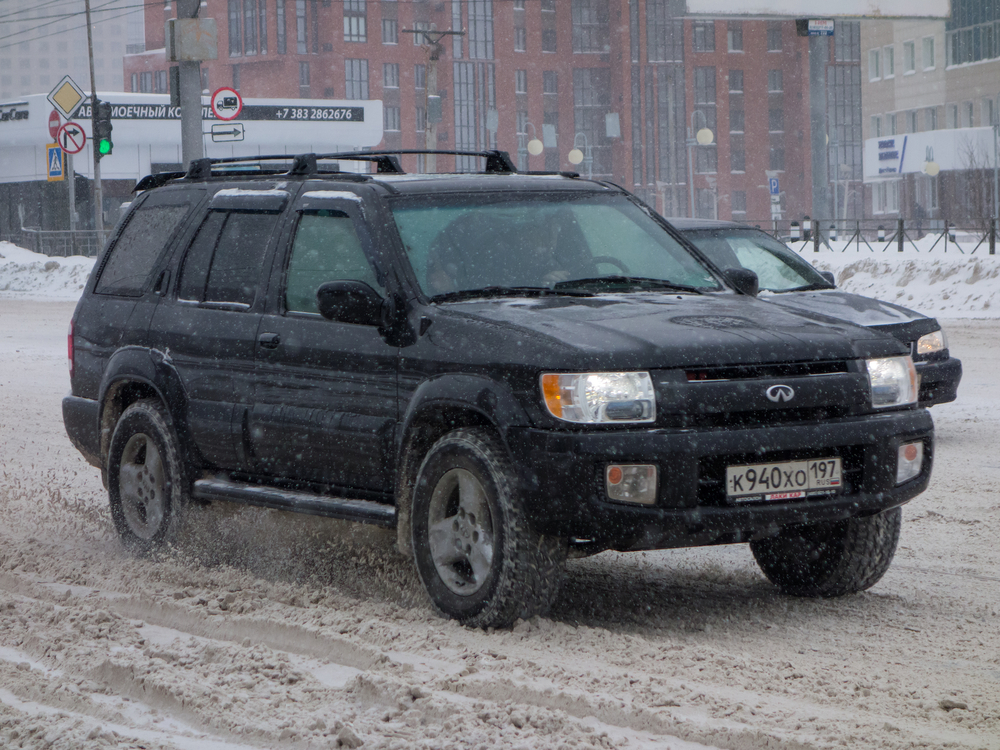
Four-wheel drive (4WD) is useful for getting better traction in snow or mud, but it doesn’t guarantee safety in all conditions. While 4WD helps with acceleration, it does nothing to improve stopping power or cornering ability on slippery surfaces. Overconfidence in this feature can lead to dangerous driving behaviors, particularly in rain or ice. Careful, responsible driving is still essential in bad weather, regardless of drivetrain.
More Airbags Always Mean Better Safety
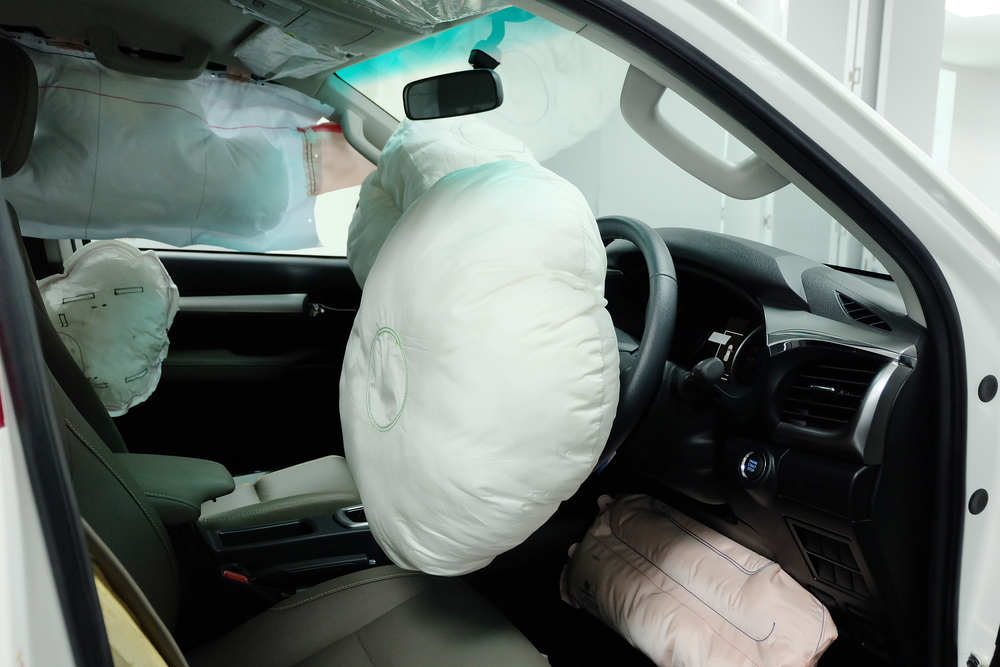
The assumption that more airbags equal better protection isn’t entirely accurate. Airbags are just one part of a vehicle’s safety system, and their effectiveness depends on the overall design of the car. Poorly positioned or overly relied-upon airbags can even cause injury. It’s critical to view airbags as supplementary, with seatbelts and other structural safety features playing equally important roles.
Electric Cars Are Less Safe Than Gas-Powered Vehicles
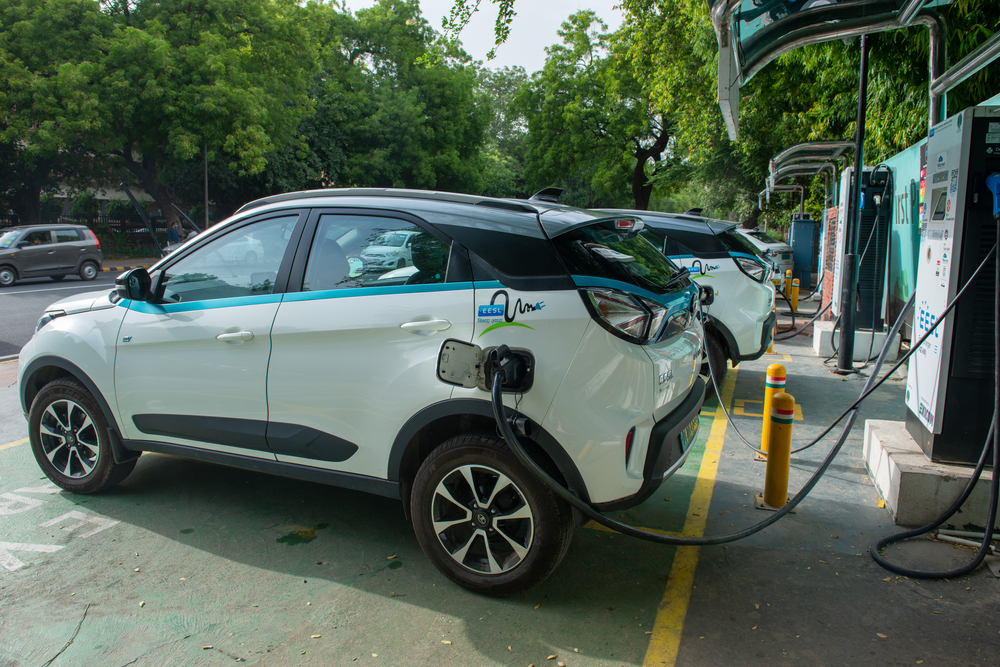
Some believe that electric cars, due to their different components like large batteries, are less safe. However, electric vehicles (EVs) often perform exceptionally well in crash tests, with low centers of gravity that reduce rollover risks. Many EVs are built with reinforced structures to protect passengers and batteries in collisions. In fact, EVs meet or exceed the same safety standards as their gasoline counterparts.
You Don’t Need to Replace a Car Seat After a Minor Accident
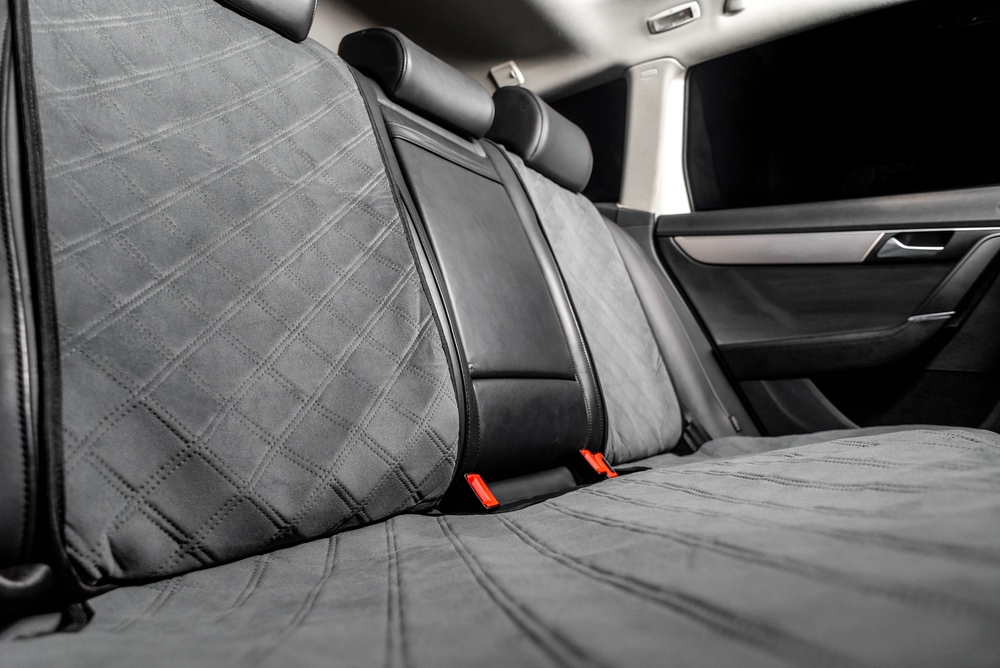
Many parents think that if the accident was minor, there’s no need to replace the car seat. Unfortunately, even small crashes can weaken a car seat’s ability to protect a child in the future. Most manufacturers recommend replacing the seat after any crash, regardless of severity. Always follow the manufacturer’s guidelines to ensure continued safety.
Blind-Spot Monitors Mean You Don’t Need to Check Mirrors
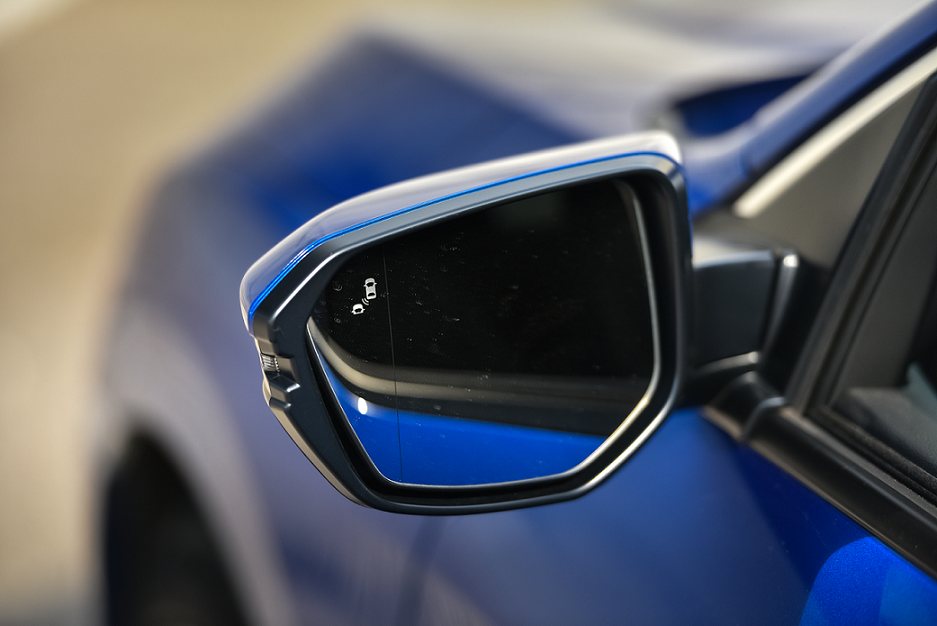
Blind-spot monitors are a helpful feature, but they can’t replace physically checking your mirrors and blind spots. These sensors may not detect smaller vehicles, motorcycles, or fast-approaching cars. Relying solely on technology can lead to missed hazards and potentially dangerous situations. Drivers should always combine sensor alerts with visual checks for maximum safety.
Automatic Emergency Braking Will Prevent All Crashes
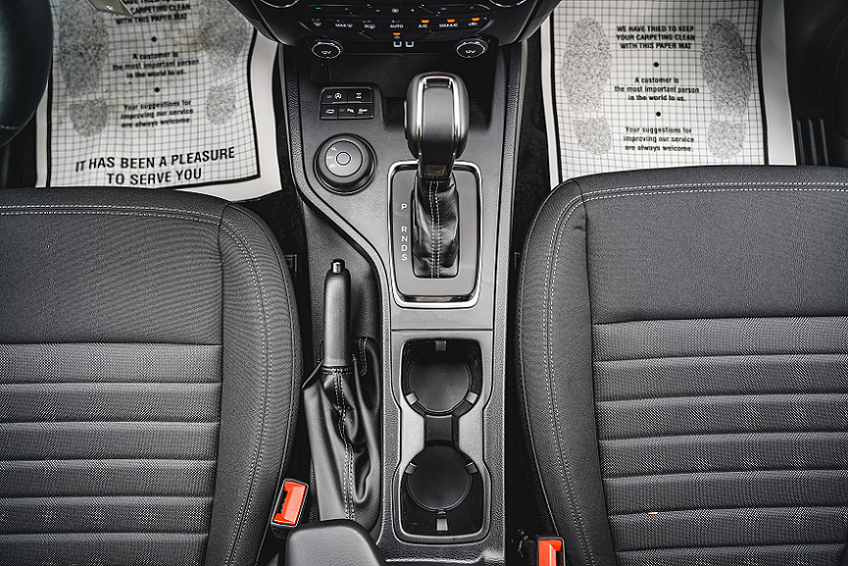
While automatic emergency braking (AEB) systems are designed to reduce rear-end collisions, they aren’t foolproof. AEB systems may not detect all obstacles or react fast enough in every scenario. It’s important to remember that AEB is a helpful tool, not a guarantee. Drivers must continue to stay alert and maintain safe distances, even with these systems in place.
Lane-Keeping Assist Will Always Keep You in Your Lane
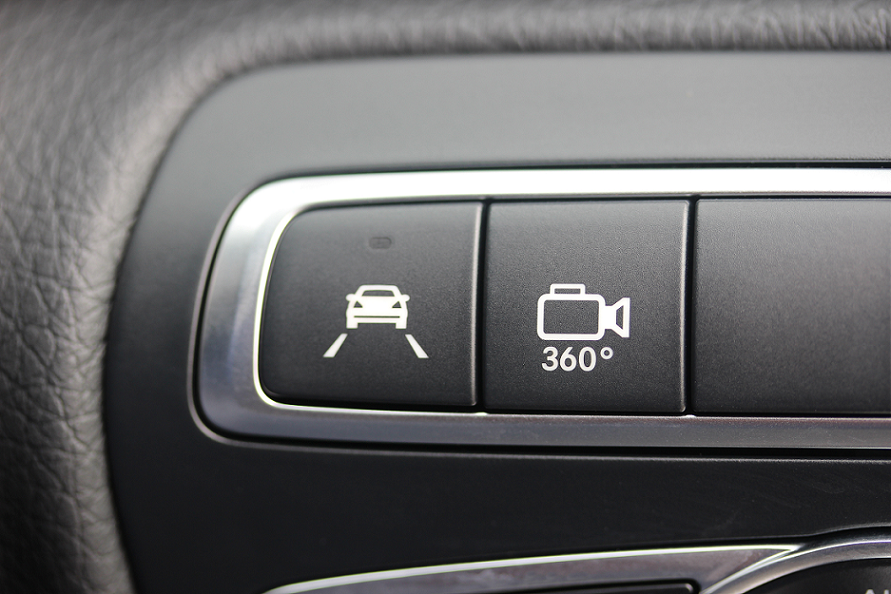
Lane-keeping assist can gently steer a car back into its lane, but it’s not a fail-safe. The system relies on clear road markings, which can be obscured by weather conditions, construction, or wear. Drivers may also override the system unintentionally. While helpful, it’s not a replacement for attentive driving and hands-on control.
Backup Cameras Mean You Don’t Need to Look Behind

Backup cameras offer great assistance when reversing, but they don’t cover everything. Small objects, low obstacles, or areas just outside the camera’s range can be missed. For complete safety, drivers should still use mirrors and turn to physically check their surroundings. A backup camera is a tool, not a substitute for full awareness.
Parking Sensors Make Parking 100% Safe
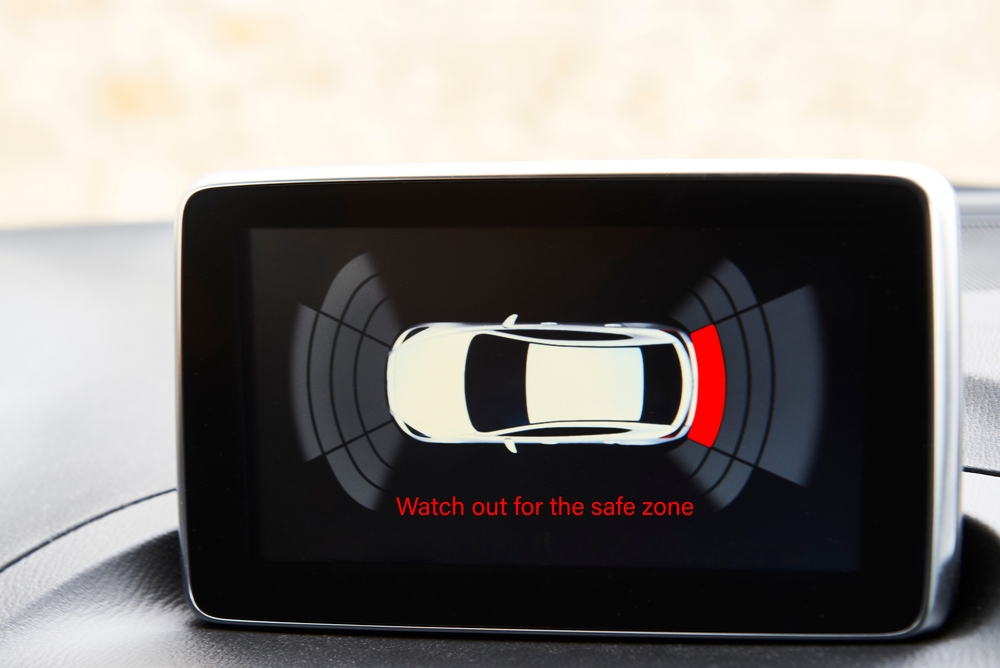
Parking sensors can alert drivers to nearby obstacles, but they don’t always guarantee a perfect parking job. These sensors might miss low objects or provide delayed alerts. Additionally, they can malfunction due to dirt or weather. Relying solely on sensors without visual checks can still lead to fender benders or worse.
Daytime Running Lights Are Enough for Visibility
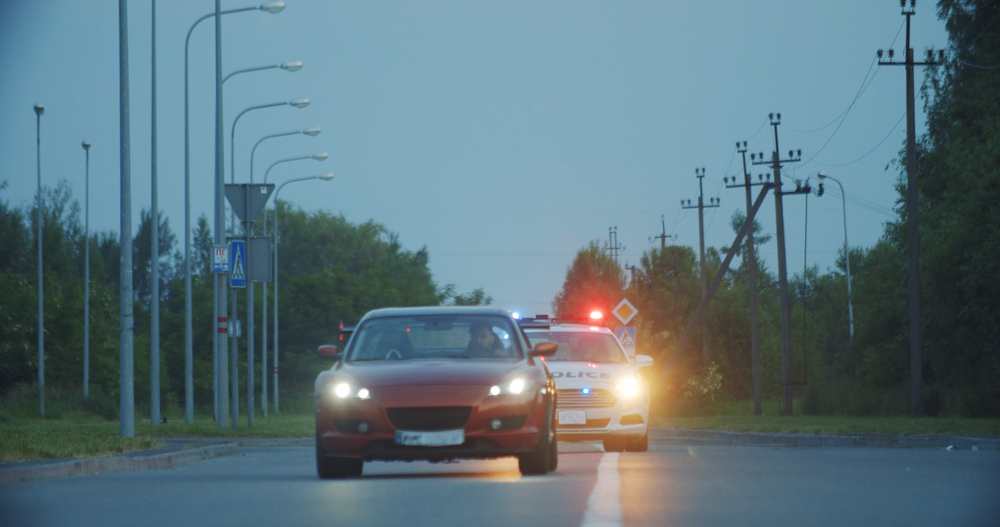
Daytime running lights (DRLs) help make a vehicle more visible during the day but shouldn’t be relied upon in all conditions. They don’t illuminate the road ahead or activate the rear lights, which is critical in fog or dusk. Drivers should manually switch on full headlights in poor visibility conditions. Assuming DRLs are sufficient could lead to dangerous situations.
Older Drivers Are the Safest on the Road

It’s often assumed that older drivers are the safest due to their years of experience. While experience is valuable, aging can bring reduced reaction times, vision issues, and slower cognitive processing. Regular assessments of one’s driving abilities are crucial as we age. Older drivers should not assume that experience alone will make up for physical and mental changes.
All-Wheel Drive Is Better Than Traction Control
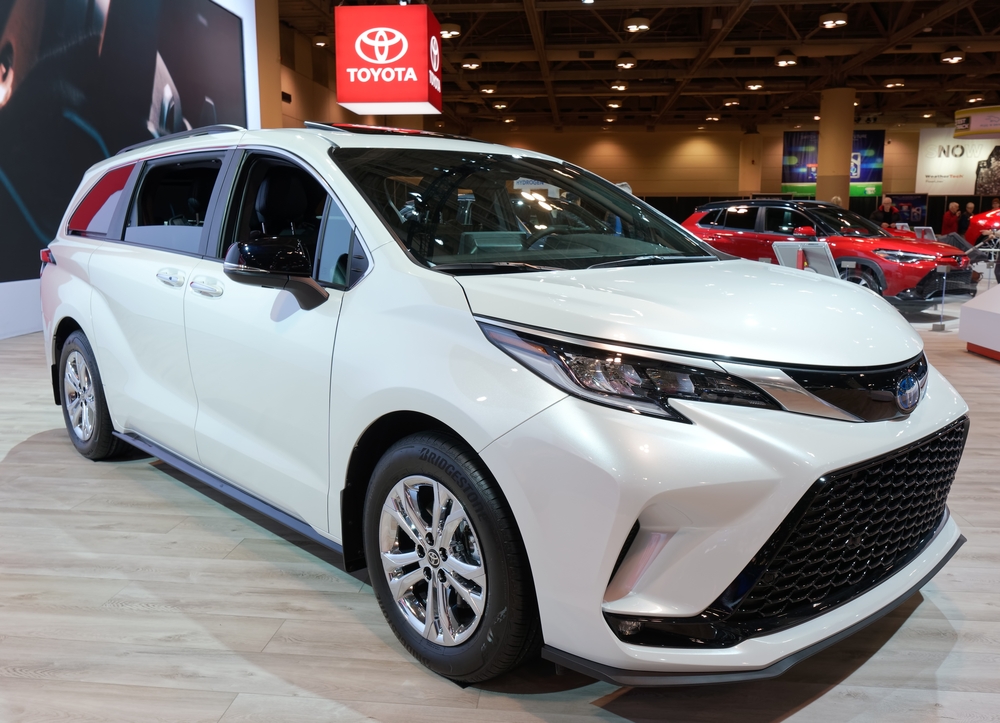
All-wheel drive (AWD) gives you better acceleration on slippery surfaces, but it doesn’t outperform traction control when it comes to preventing wheel spin. AWD distributes power to all four wheels, while traction control helps maintain grip by adjusting power delivery. Both systems have their advantages, but it’s a myth that AWD can entirely replace traction control in keeping your car stable.
This article originally appeared in MyCarMakesNoise.
More from MyCarMakesNoise
20 Historic Military Aircraft Rarely Seen Today

The skies of history are filled with legendary military aircraft that played crucial roles in their time. However, many of these iconic warplanes have become rare sights, often hidden away in museums or private collections. Read More.
Top 25 Collectible Hot Rods That Are Worth a Fortune
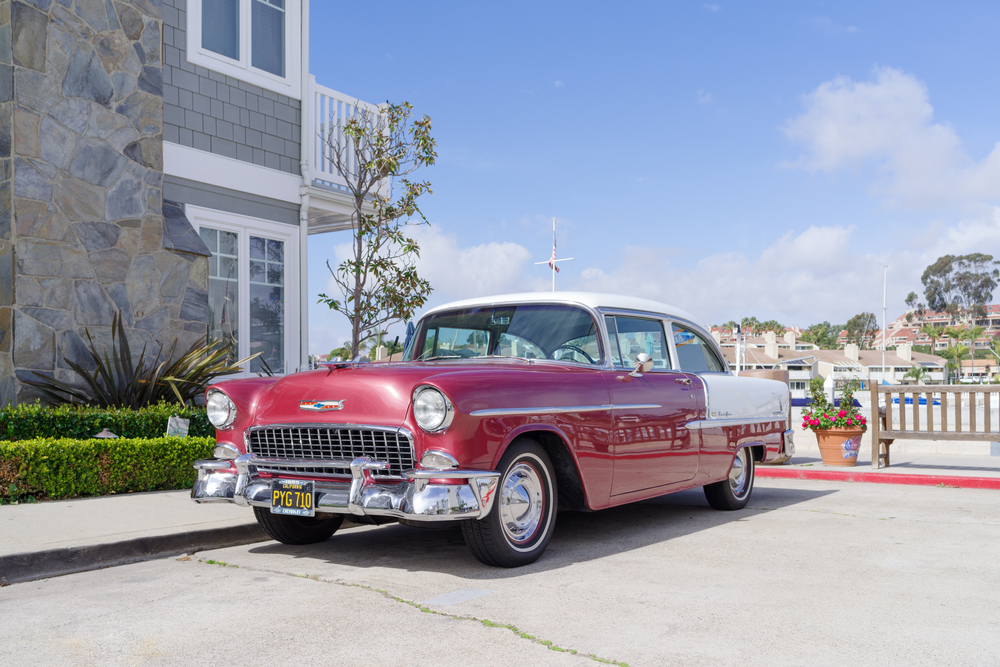
Hot rods have always captured the imagination of car enthusiasts with their unique blend of power, style, and history. Among them, certain models have risen to legendary status, commanding impressive market values. Read More.
18 Legendary Tanks That Ruled the Battlefields

Throughout the history of warfare, certain tanks have stood out as game-changers on the battlefield. These iconic machines combined innovative engineering, formidable firepower, and rugged durability, making them legends in their own right. Read More.




